To find the best stargazing experiences, seek remote scenic campsites free from city lights in national parks or wilderness areas. Position tents strategically, minimize artificial lighting, and use tools like clear tarps to reduce light pollution. Start with familiar constellations, use apps or star charts for identification, and capture nighttime photos with stable setups and landscape elements. Create a peaceful atmosphere with gentle lantern light, storytelling, and quiet activities. Prioritize safety by respecting regulations, minimizing impact on wildlife and fellow campers.
Unwind from the city lights and embark on a journey to breathtaking scenic campsites, where the night sky becomes a captivating canvas. This guide explores the art of stargazing at campgrounds, offering a unique escape into the cosmos. From selecting the perfect spots to setting up your gear, identifying constellations, and capturing memories through photography, we’ll navigate you through an enchanting experience. Prepare for a tranquil atmosphere and responsible practices to ensure a memorable encounter with the universe.
- Choosing the Best Scenic Campsites for Stargazing
- Setting Up Your Camping Gear for Optimal Views
- Identifying Constellations and Celestial Objects
- Tips for Capturing Stellar Nighttime Photography
- Creating a Relaxing Atmosphere for Stargazing Experiences
- Safety Measures and Responsible Stargazing Practices
Choosing the Best Scenic Campsites for Stargazing
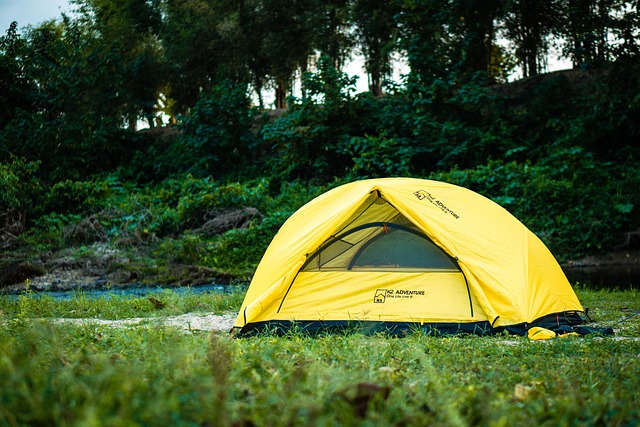
When seeking the best scenic campsites for stargazing, look for locations far from city lights. These remote spots offer clearer skies and less light pollution, allowing for a more breathtaking view of the cosmos. National parks and wilderness areas are excellent choices, as they often have designated camping grounds designed for stargazers.
Consider campsites with elevated positions, such as ridges or hilltops, offering panoramic views of the surrounding landscape. These locations also tend to provide clearer starry skies due to their higher vantage points. Additionally, opt for campsites near bodies of water like lakes or rivers, as these natural features can enhance your stargazing experience by reflecting the night sky’s beauty.
Setting Up Your Camping Gear for Optimal Views
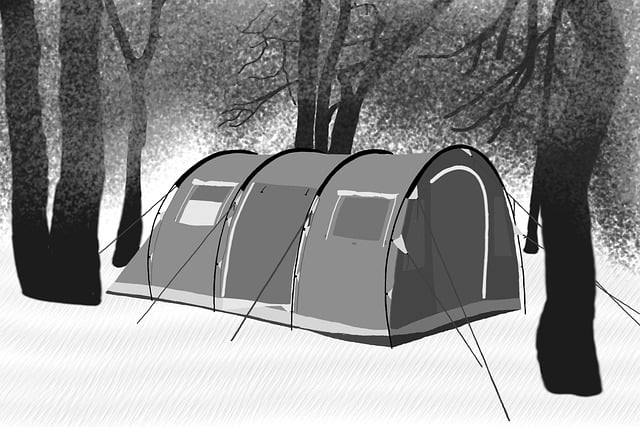
When setting up your camping gear at scenic campsites, position your tent away from bright lights and direct lines of sight that could obscure your stargazing experience. Look for a spot that faces an open sky, preferably with minimal artificial lighting nearby. Setting up far from other campers or trails can also reduce light pollution.
Consider using a stargazing-focused setup like a clear plastic tarp or a specialized stargazing tent to enhance the experience. These tools can help reflect light away from your vision and create a darker environment, making it easier to spot constellations and celestial phenomena. Remember, the key is to find a peaceful location where you can truly appreciate the beauty of the night sky.
Identifying Constellations and Celestial Objects
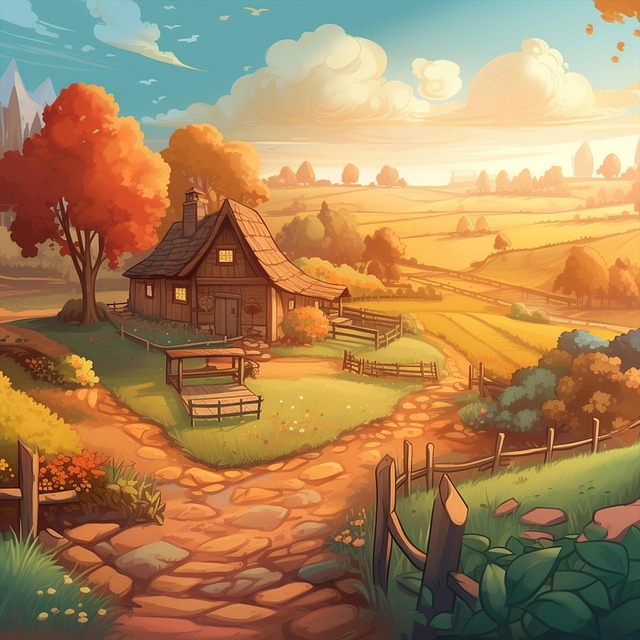
Identifying constellations and celestial objects is an exciting part of stargazing at scenic campsites. With minimal light pollution, these outdoor retreats offer a clear view of the night sky, allowing campers to explore the vast universe above. Beginners can start by learning popular constellations like Orion’s Belt or the Big Dipper, which are easily recognizable and provide a great foundation for navigating the stars.
Campers can use stargazing apps or star charts to identify various celestial objects such as planets, shooting stars, and even galaxies far beyond our own. These tools make it easier to locate and name different astronomical features, enhancing the overall experience of gazing at the night sky from a peaceful campsite surrounded by nature’s beauty.
Tips for Capturing Stellar Nighttime Photography
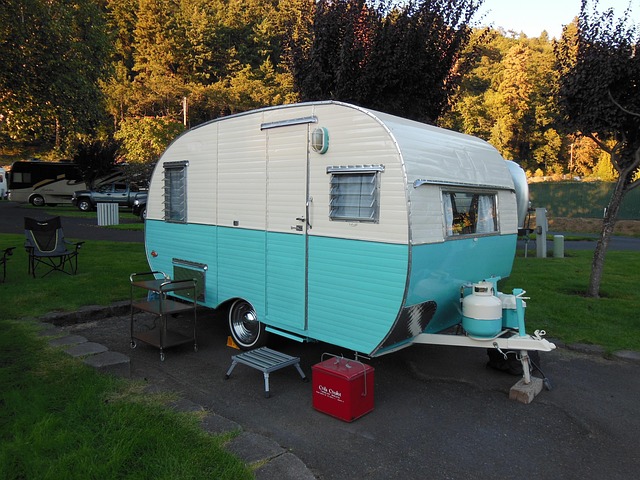
Stargazing presents a unique opportunity to capture breathtaking images that showcase the beauty of the night sky. If you’re planning to take nighttime photography at scenic campsites, here are some tips to help you get started.
First, choose a location far from city lights. Scenic campsites nestled in forests or mountainous regions offer minimal light pollution, providing a clearer view of the stars. Set up your equipment before dusk and allow enough time for your camera’s sensor to adjust. Use a tripod to ensure stability when shooting long exposures. Experiment with different settings: try a wide-angle lens to capture more of the sky and play around with ISO levels to find the right balance between light and noise. Don’t forget to include elements from the landscape in your compositions, such as trees or mountains, to add depth and context to your photos.
Creating a Relaxing Atmosphere for Stargazing Experiences
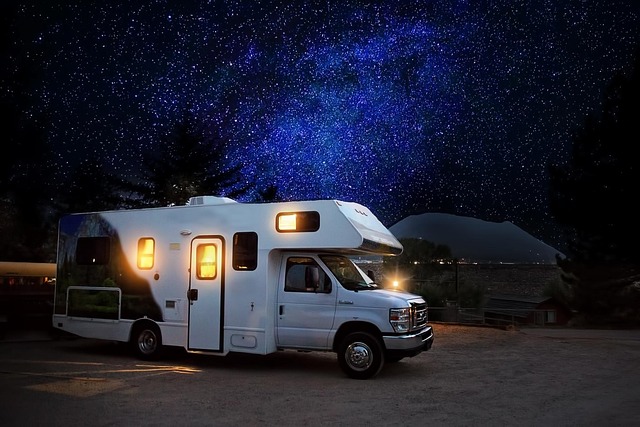
Creating a serene atmosphere is key to enhancing stargazing experiences at campgrounds. Choose scenic campsites nestled away from city lights, where the night sky unfolds like a tapestry of infinite possibilities. This allows for a clearer view of stars, planets, and constellations, making it an enchanting experience for both seasoned astronomers and beginners.
Facilitate relaxation by offering comfortable seating options, such as bean bags or fold-out chairs, strategically placed to take in the vastness above. A gentle glow from lantern light or low-wattage string lights can set a peaceful tone without infringing on stargazing conditions. Incorporating quiet activities like storytelling sessions or guided meditation around the campfire further contributes to a calming environment, making each night under the stars a memorable and rejuvenating experience for all visitors.
Safety Measures and Responsible Stargazing Practices
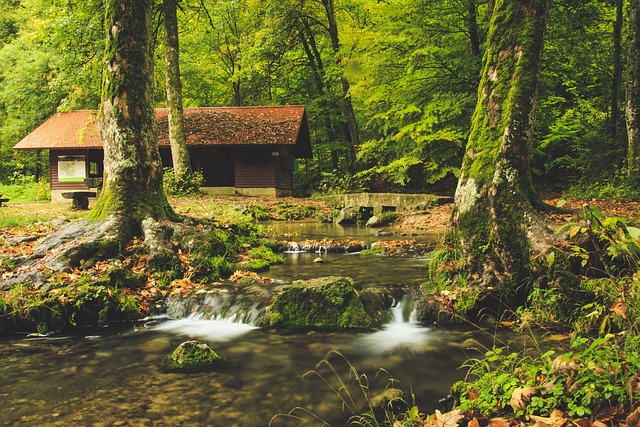
When visiting scenic campsites for stargazing, safety should always be a top priority. It’s crucial to familiarize yourself with local regulations and best practices for outdoor lighting. Minimizing light pollution involves simple steps like turning off unnecessary lights in your campsite after dark and using red or amber filters on flashlights and headlamps to preserve night vision. Respecting wildlife is another essential aspect; avoid leaving food out and keep pets leashed to prevent disturbing animals that depend on darkness.
Responsible stargazing also extends to being mindful of fellow campers. Be considerate of others’ sleep schedules by choosing quieter areas for observing the stars and keeping noise levels down during late-night activities. Sharing knowledge and enjoying the collective experience can enhance the overall ambiance, creating a memorable and safe stargazing adventure at your chosen scenic campsite.
